-
Guest Speakers and Community Resources: Invite guest speakers from diverse backgrounds to share their experiences and expertise with the class. You can also utilize community resources such as cultural organizations, museums, and heritage centers to enhance learning about different cultures and identities.
-
Cultural Art and Music: Integrate art and music from various cultures into your lessons. Explore traditional art forms, music styles, and performances from different parts of the world, and encourage students to create their own artistic expressions inspired by diverse cultures.
-
Language Learning and Exchange: Offer opportunities for students to learn and practice languages other than their own. This can involve language exchange programs, language clubs, or incorporating foreign language lessons into the curriculum.
-
Share ideas for integrating diverse perspectives, cultures, and identities into the curriculum and classroom activities
"Empowering students through engaging education, fostering environmental consciousness, and advancing scientific literacy. Committed to shaping future leaders in Life and Earth Sciences."
-
-
Guest Speakers and Community Resources: Invite guest speakers from diverse backgrounds to share their experiences and expertise with the class. You can also utilize community resources such as cultural organizations, museums, and heritage centers to enhance learning about different cultures and identities.
-
Cultural Art and Music: Integrate art and music from various cultures into your lessons. Explore traditional art forms, music styles, and performances from different parts of the world, and encourage students to create their own artistic expressions inspired by diverse cultures.
-
Language Learning and Exchange: Offer opportunities for students to learn and practice languages other than their own. This can involve language exchange programs, language clubs, or incorporating foreign language lessons into the curriculum.
"Empowering students through engaging education, fostering environmental consciousness, and advancing scientific literacy. Committed to shaping future leaders in Life and Earth Sciences."
-
-
-
Culturally Responsive Teaching Strategies: Implement teaching strategies that are sensitive to the cultural backgrounds and identities of your students. This may include using culturally relevant examples and materials, incorporating collaborative learning activities that value diverse perspectives, and creating a supportive classroom environment where all students feel respected and included.
-
Personal Narratives and Identity Exploration: Provide opportunities for students to explore and share their own cultural backgrounds, identities, and personal narratives. This can involve writing assignments, oral presentations, or multimedia projects that allow students to reflect on their own experiences and heritage.
-
Critical Thinking and Empathy Building: Encourage critical thinking and empathy by discussing issues of diversity, equity, and inclusion in the classroom. Help students develop a deeper understanding of social justice issues and empower them to advocate for positive change in their communities.
By integrating these ideas into our curriculum and classroom activities, you can create a learning environment that embraces diversity, fosters cultural awareness, and promotes inclusivity for all students.
"Empowering students through engaging education, fostering environmental consciousness, and advancing scientific literacy. Committed to shaping future leaders in Life and Earth Sciences."
-
-

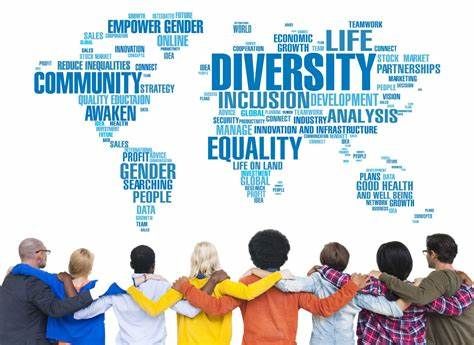
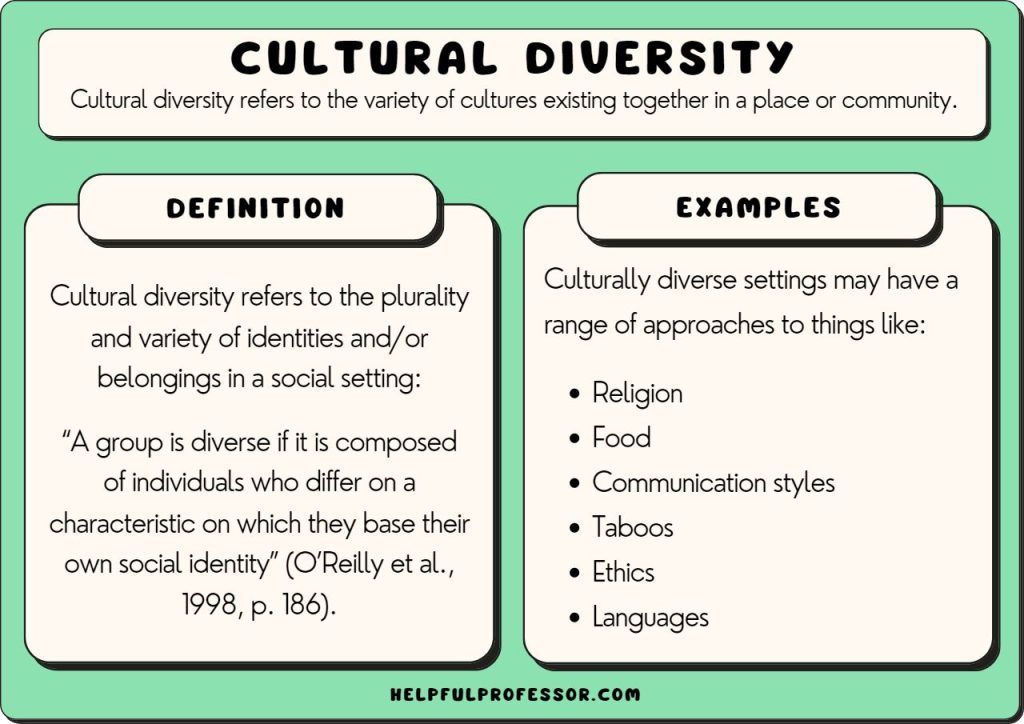
"Empowering students through engaging education, fostering environmental consciousness, and advancing scientific literacy. Committed to shaping future leaders in Life and Earth Sciences."
-
9.Cultural Exchange Programs: Establish partnerships with schools or organizations in other countries or communities to facilitate cultural exchange programs. This could involve pen pals, video conferences, or collaborative projects.
-
Personal Narratives: Encourage students to share their own cultural backgrounds, family histories, and personal narratives. This helps foster empathy, understanding, and appreciation for diverse identities within the classroom community.
-
Collaborative Learning: Foster collaborative learning environments where students work together in diverse groups to solve problems, discuss ideas, and create projects. This promotes cross-cultural communication and teamwork skills.
By incorporating these strategies, educators can create a curriculum and classroom environment that honors and celebrates diversity, fosters empathy and understanding, and prepares students to thrive in an increasingly interconnected world.
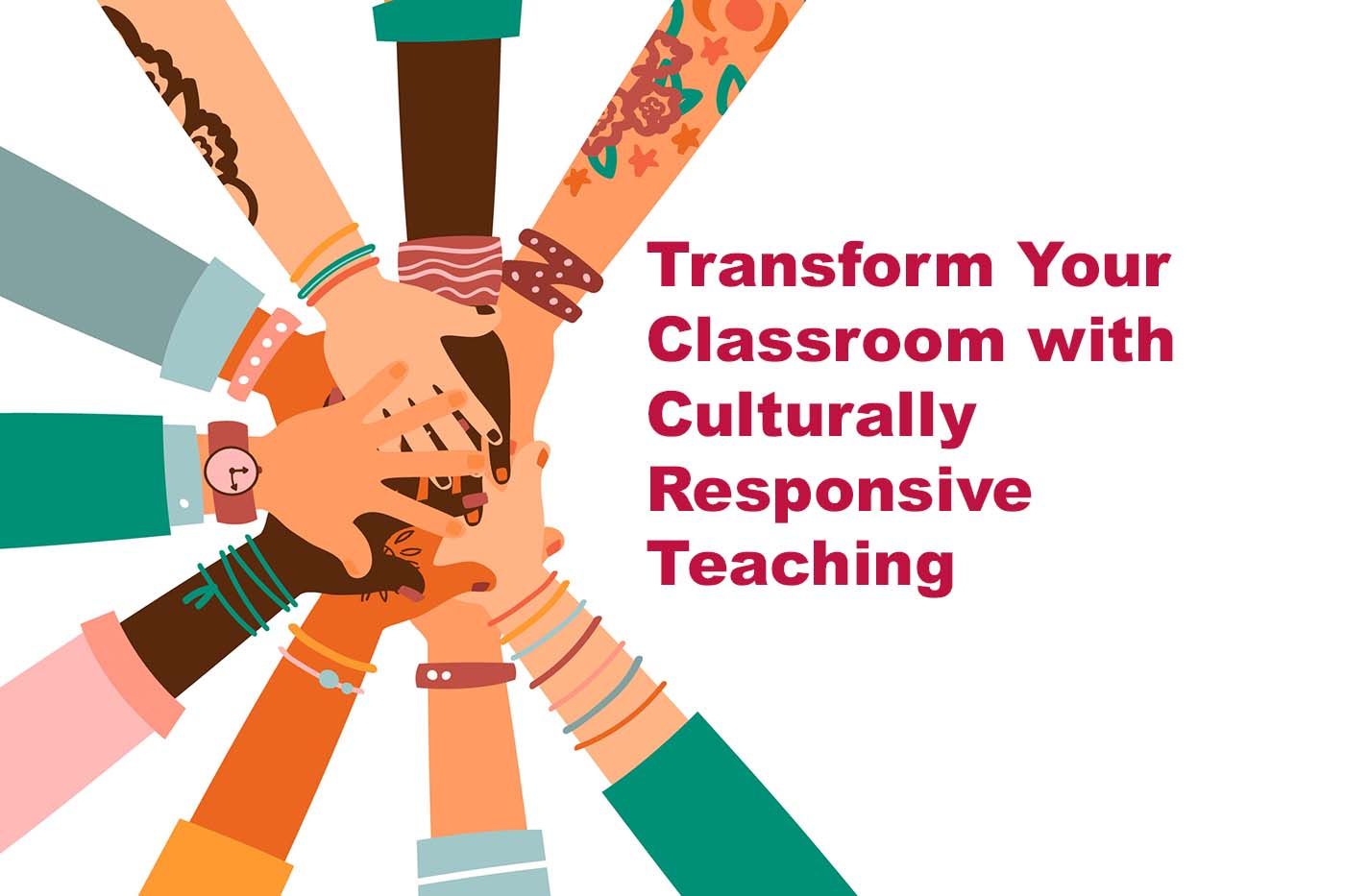
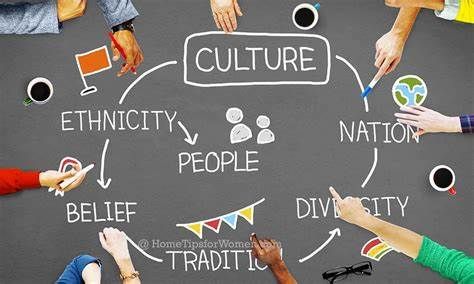
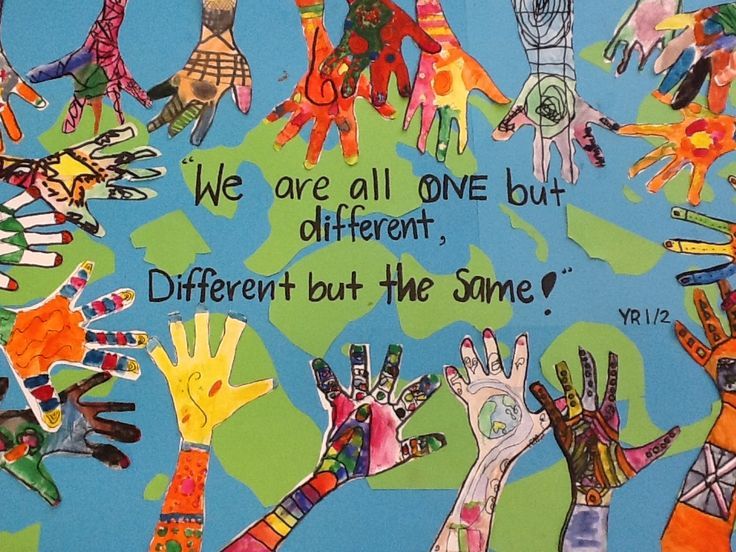
"Empowering students through engaging education, fostering environmental consciousness, and advancing scientific literacy. Committed to shaping future leaders in Life and Earth Sciences."
-
-
I think one of the most powerful video about diversity The danger of a single story https://www.ted.com/talks/chimamanda_ngozi_adichie_the_danger_of_a_single_story
It may become a great starting point for a classroom discussion about stereotypes and developing mutual understanding -
When we talk about diversity, one of the first things that usually come to mind is culture, religion, and language traditions.
This is normal, but what if a school or classroom is monocultural?
In some countries, this is a widespread practice.
How can we promote diversity in such a setting?
How can we foster inclusion in a concrete classroom? What strategies can we use? -
Hi Ana,
In a monocultural classroom, I think that promoting diversity and fostering inclusion involves broadening our definition of diversity to include different learning styles, abilities, and perspectives. As a SPED teacher, I use Universal Design for Learning to accommodate diverse needs, introduce global perspectives through literature and media, and focus on each student's unique strengths. Social-emotional learning programs, collaborative learning activities, and continuous professional development are key strategies for me in Puerto Rico. Creating a safe, welcoming environment where all students feel valued is essential for fostering an inclusive classroom.
Universal Design is my favorite strategy-
Best,
Mr. Bryan -
@Ana_moderator I read your post and replies or topics/posts. It is really interesting
(FARHAN MEHBOOB)
Primary School Teacher
SINDH, PAKISTAN -
@Ana_moderator Thanks for sharing.I think one objective of worldwide competitions and forums is to bring different people and cultures together.They share ideas,views , knowledge and experience for the sake of their students.
Adel